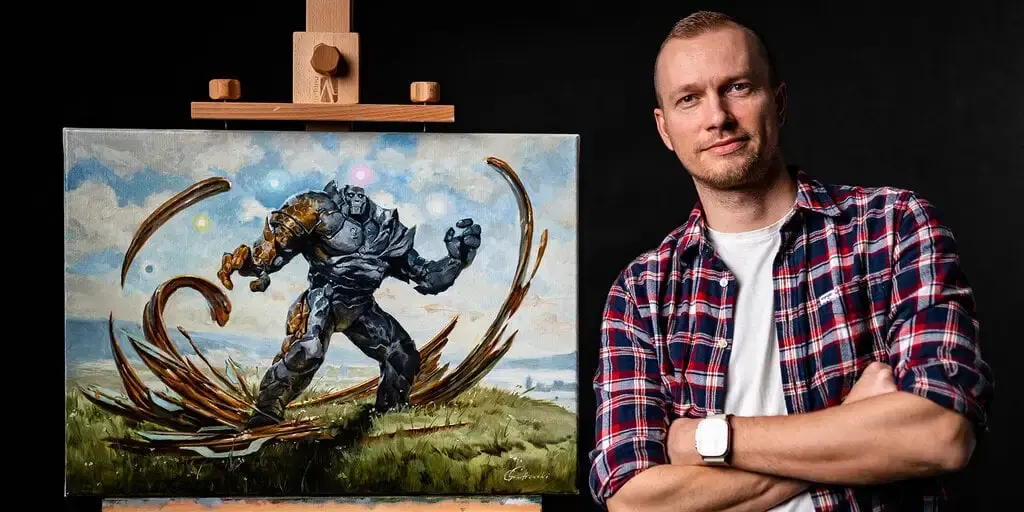Greg Rutkowski, a digital artist known for his surreal style, opposes AI art but his name and style have been frequently used by AI art generators without his consent. In response, Stable Diffusion removed his work from their dataset in version 2.0. However, the community has now created a tool to emulate Rutkowski’s style against his wishes using a LoRA model. While some argue this is unethical, others justify it since Rutkowski’s art has already been widely used in Stable Diffusion 1.5. The debate highlights the blurry line between innovation and infringement in the emerging field of AI art.



At the heart of copyright law is the intent. If an artist makes something, someone can’t just come along and copy it and resell it. The intent is so that artists can make a living for their innovation.
AI training on copyrighted images and then reproducing works derived from those images in order to compete with those images in the same style breaks the intent of copyright law. Equally, it does not matter if a picture is original. If you take an artist’s picture and recreate it with pixel art, there have already been cases where copyright infringement settlements have been made in favor of the original artist. Despite the original picture not being used at all, just studied. Mile’s David Kind Of Bloop cover art.
You’re correct in your description of what a derivative work is, but this part is mistaken:
The intent is “to promote the progress of science and the useful arts” so that, in the long run, the Public Domain is enriched with more works than would otherwise exist if no incentive were given. Allowing artists to make a living is nothing more than a means to that end.
It promotes progress by giving people the ability to make the works. If they can’t make a living off of making the works then they aren’t going to do it as a job. Thus yes, the intent is so that artists can make a living off of their work so that more artists have the ability to make the art. It’s really that simple. The intent is so that more people can do it. It’s not a means to the end, it’s the entire point of it. Otherwise, you’d just have hobbyists contributing.
I like what you’re saying so I’m not trying to be argumentative, but to be clear copyright protections don’t simply protect those who make a living from their productions. You are protected by them regardless of whether you intend to make any money off your work and that protection is automatic. Just to expand upon what @grue was saying.